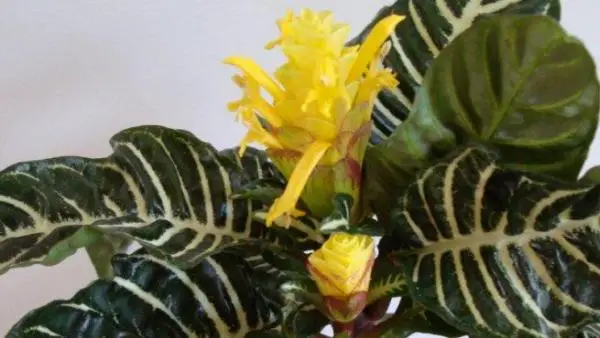The afelandra is a plant that belongs to the Acantáceas family, which in turn belongs to the Aphelandra genus. It has more than 200 species, almost all of them originating in Brazil, but with the right conditions, they can be grown anywhere in the world. The main ones are the aphelandra acutifolia, aphelandra squarrosa, aphelandra sinclairiana, or aphelandra tetragona, among others.
It is also known as “Indigo” and it is a very attractive indoor plant thanks to the bright green of its leaves, which contrasts dramatically with the creamy white of the nerves. It has terminal spikes, which are where the flowers arise, which are usually yellow, orange, or pink. It blooms in spring and summer if the care it receives is adequate. In this article, we explain what the care of the afelandra is.
Main care of the afelandra
- Location: it should be in a room that is bright and warm, in a pot that is large. If you get too much sun, the leaves will fall off, so you should avoid direct sunlight.
- Temperature: the ideal is that it is all year round at temperatures between 15 and 25ºC, with high humidity.
- Soil: the most suitable is the one made of one part of leaf mulch, another of sand and two of peat.
- Transplantation: if you do it, it should only be in the spring since that is when it will suffer the least.
- Watering: it has to be frequent so that the soil is always humid and does not get to dry out, but avoiding waterlogging.
- Pruning: it does not need it, but it will help if you cut the flower spike when it withers so that new shoots can come out.
- Compost: apply a mineral fertilizer every two weeks during the summer.
- Pests and diseases: if you live in a very dry environment, you will be prone to the attack of mealybugs and aphids.
- Multiplication: it is made from cuttings of the stems that sprouted during the spring.

